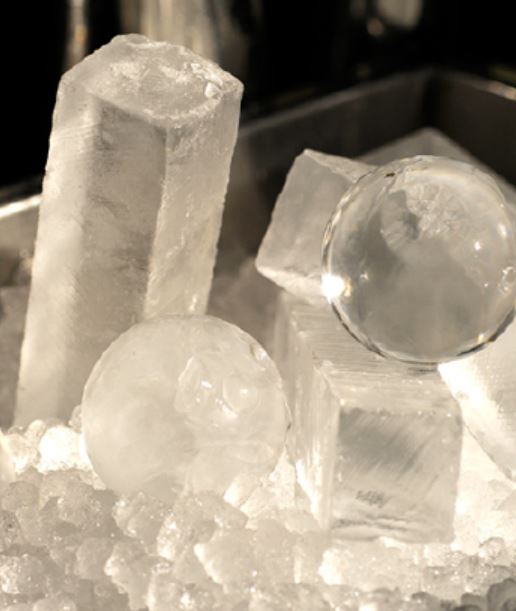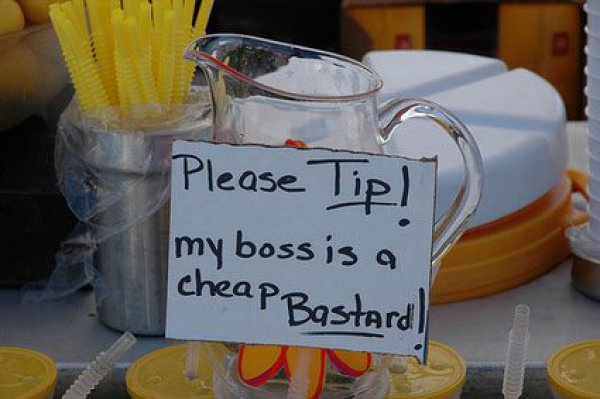Large ice cubes are so hot right now, it’s cool. If you don’t have a Kold Draft, Hoshizaki or other large-ice cube machine your cocktail program will never be taken seriously. Every decent cocktail lounge has one, yet corporate America still hasn’t figured it out. It took several decades for the TGIFs, RED ROBINs and MARRIOTTs of the world to finally understand the value proposition of using fresh juices, but when it comes to ice, the corporate giants don’t have the cubes to pony up the dough.
I sympathize with all you bartenders and bar managers who can’t get their penny pinching accountants to spring for this piece of equipment when your current ice machine works perfectly fine. Unfortunately the only way to get the money people on board is to prove to them that it makes financial sense. The good news is that it does make sense financially. And here is why:
1) Large ice cubes have less surface area, and therefore a slower rate of dilution. This means that the last sip of the cocktail tastes almost as great as the first sip… your guests won’t nurse a poor tasting watered down cocktail for 20 minutes before debating to another. Time is money. You will increase check averages as you sell more consistently well made cocktails in a shorter period of time.
2) Large ice cubes take up more space in the glass, which means you use less liquor per cocktail recipe. Smart bar owners know that the real money is in the liquor. If you save a 1/8 oz. of booze per cocktail you’ll pay for your ice machine in a month or two depending on the volume of your establishment.
3) Large cubes look amazing. Your décor, glassware, lighting, bar tools, even your spirits selection are all visual cues to your guests on your commitment to quality. There is a paradigm shift taking place in this county right now. It used to be that having big ice was a novel conversation starter. Now it’s common place (for the reasons listed above). If you don’t have it, you’re behind the times. Guests don’t always consciously notice if you have bad ice, but they sure as heck notice when you put a huge cube or sphere in their rocks glass along with their favorite single malt… it makes a lasting impression.
4) The big-ice machines do cost more, but large cubes are not the only advantage. Most of the better machines have superior filtration systems. Depending on where you are in the country, the local tap water can have a distinct odor or flavor of chorine, sulfur, minerals or salt. Good filtration and non aerated water leads to better tasting cocktails and clear cubes without water bubbles frozen inside.
5) Crushed or blended ice has maximum surface area, dilution and ultimately watered down drinks which can only be balanced by adding more sugar and alcohol. That is not to suggest that crushed ice doesn’t have a place behind the bar. However, if you have room for two ice machines and have to choose between crushed ice and big ice, the choice is obvious.
In short, the accountants need to chill out. Every bar manager who wishes you had a big-ice machine should feel free to forward this article up the corporate ladder. If they still don’t want to spend the coin tell them they can save a ton of money by not having to fix all those broken blenders!



